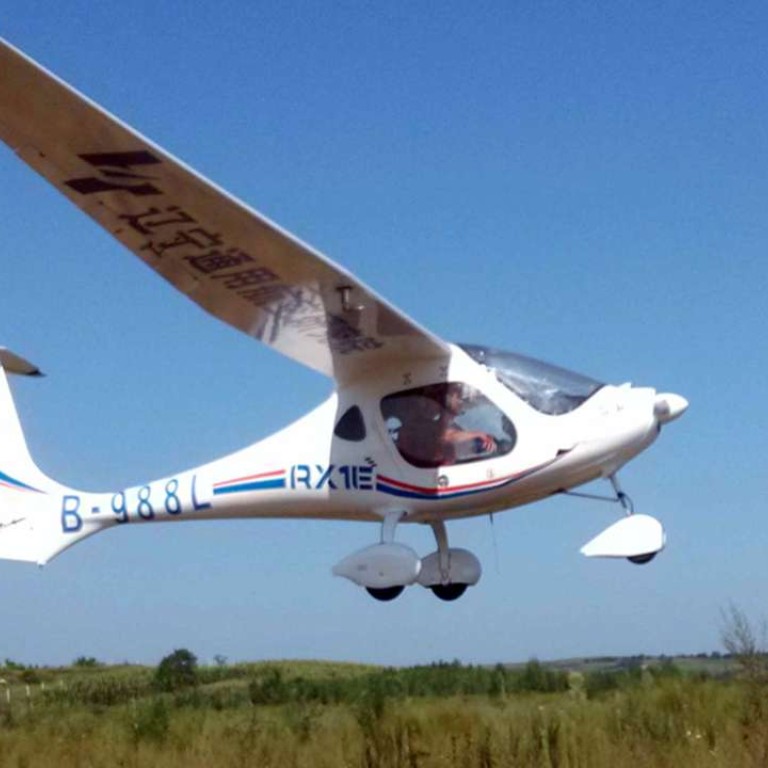
China to open up lower airspace
State Council promises to open up airspace below 3,000 metres to the general aviation industry, a sector expected to grow to 1 trillion yuan by 2020. Sources say the plan will be tested in Guangdong and Hainan from this year.
China’s state council on Tuesday issued a guideline that promised to open up airspace below 3,000 metres to general aviation and to cut the advance notice of flight plans for light aircraft to as little as one hour.
The guideline on the development in the general aviation industry comes as the biggest policy boost yet to a trillion-yuan sector that has not been able to take off due to the military’s tight control of the lower-altitude airspace.
The number of aircraft such as helicopters and fixed wing craft that fly lower than jets, is expected to grow to 5,000 in China by the end of 2020, according to the guideline. The state council pledged to build 500 airports for such craft and grow the industry’s total value to 1 trillion yuan by that time.
China had more than 300 airports, 1,874 aircraft and 281 companies in the general aviation at the end of 2015, according to the guideline. Their total flying time was 730,000 hours in last year, a figure the government aims to grow to 2 million by 2020.
It aims to “solve the difficulty of taking to the sky” for these aircraft by increasing the ceiling of the airspace they are allowed to fly in, bridging the gaps in between parcels of airspaces, and processing flight plans more efficiently.
The change to 3,000 metres is significant, industry insiders say, because most general aviation aircraft, except helicopters, require a higher altitude.
The guideline did not specify a time frame.
People with knowledge of the matter told the South China Morning Post that it will first be tested in Guangdong and Hainan provinces later this year, and be applied to other parts of the country from next July, with 2018 being the ultimate target.
Lower-altitude airspace in China is controlled by different military regions and divided into three levels of restrictions. The parcels of airspaces do not necessarily touch each other, which restricts the operation of aircraft and complicates the application process, according to industry insiders.
Zhang Feng, secretary general of the Chinese Aircraft Owners and Pilots Association, the country’s largest general aviation organisation, welcomed the guideline.
“Spontaneity is the essence of general aviation. Complicated advance approval requirements kills spontaneity, so it is all about how this principle policy translates to supporting measures and their implementation.” he said.
The guideline said operators will in principle file flight plans to only one air traffic controller. Depending on the nature and number of airspaces involved, flights shall be applied for by 3 pm the previous day, or notified only an hour in advance.
“This guideline is essential also because it actively encourages local governments to use general aviation aircraft, ” Wu Zhendong, president of general aviation services company Avion Pacific, said.

